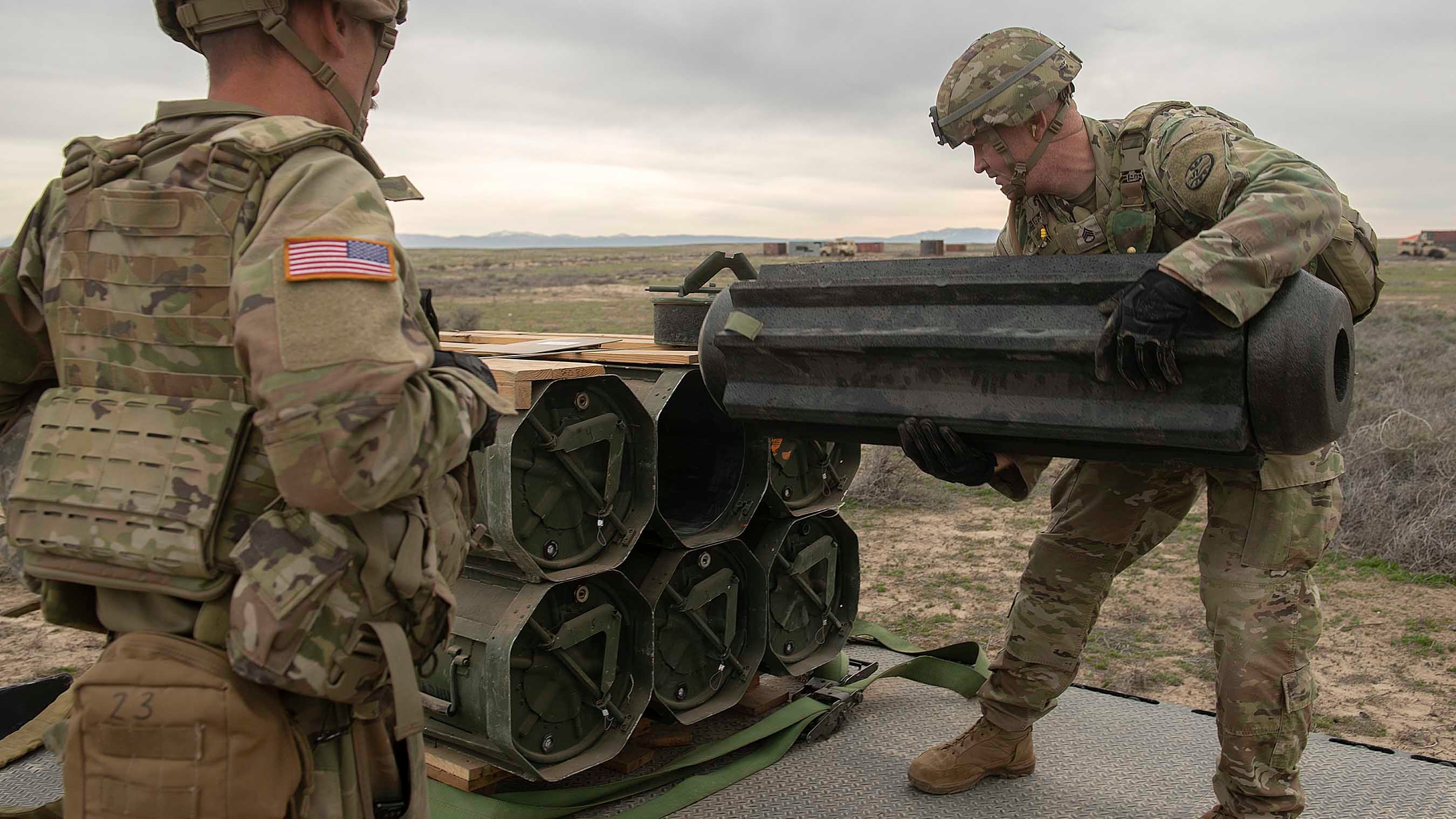CSIS Warns of Ammunition Shortages
CSIS Warns of Ammunition Shortages

The U.S. Army could face years of ammunition shortages because of supplies provided to Ukraine unless efforts are made to increase manufacturing, a bipartisan policy research group says.
The Center for Strategic and International Studies warns of potentially critical shortages in Stinger and Javelin missiles and in 155-millimeter shells that could, in extreme cases, take years to replace.
“Most inventories are OK,” CSIS says in a January report by Mark Cancian, senior adviser for the organization’s International Security Program. “Most items provided to Ukraine have been in small numbers, or from areas that have large inventories or production capacities,” he writes.
An example would be small arms ammunition. The U.S. has provided about 108 million rounds to Ukraine but can produce 8.6 billion rounds a year. It also has been able to provide M113 armored personnel carriers and tactical vehicles to tow weapons without concern.
“For most categories of weapons and munitions, the United States can provide support indefinitely,” Cancian writes.
There are concerns about items such as artillery shells. About 1 million shells have been provided to Ukraine. The U.S. now produces a modest 2,350 shells a month. That rate could be increased to 40,000 a month by 2050, but there could be shortages in the meantime. Other countries might need to pitch in to help Ukraine, Cancian writes.
“This could become a crisis. With the front line now mostly stationary, artillery has become the most important combat arm. Ukraine will never run out of 155 mm ammunition―there will always be some flowing in―but artillery units might have to ration shells and fire at only the highest priority targets,” he writes.
Cancian also notes a shortage of Javelin anti-tank weapons, which the U.S. had been providing. “Further transfers have stopped because inventories are at the point where the risk to other war plans, for example, a conflict on the Korean Peninsula or in the Baltic countries, has become too high.” It could take more than 12 years to rebuild the inventory, he writes.
Ammunition and missile stockpiles are expected to be a big part of congressional debate on the 2024 defense budget.
Read the report here.

